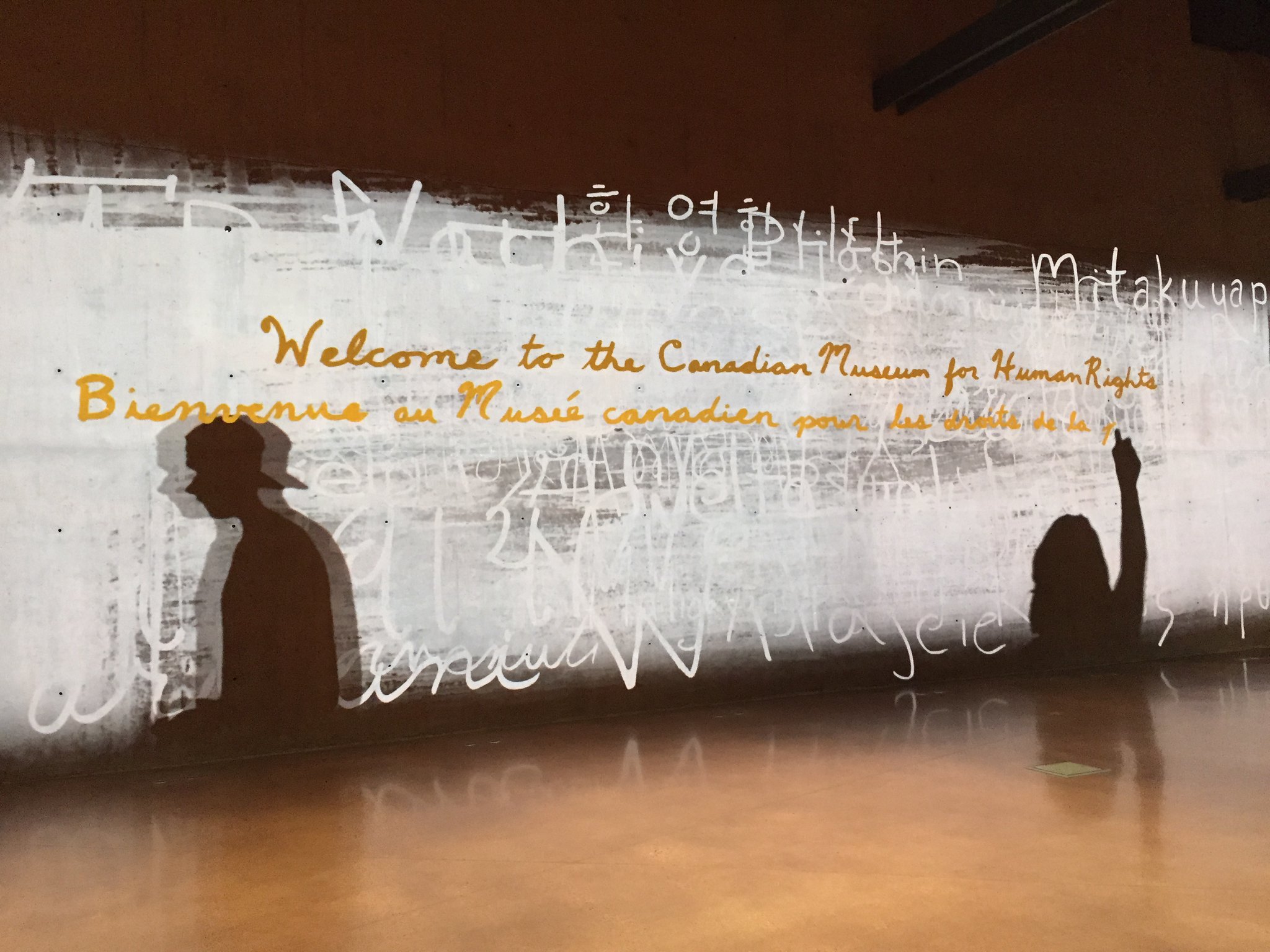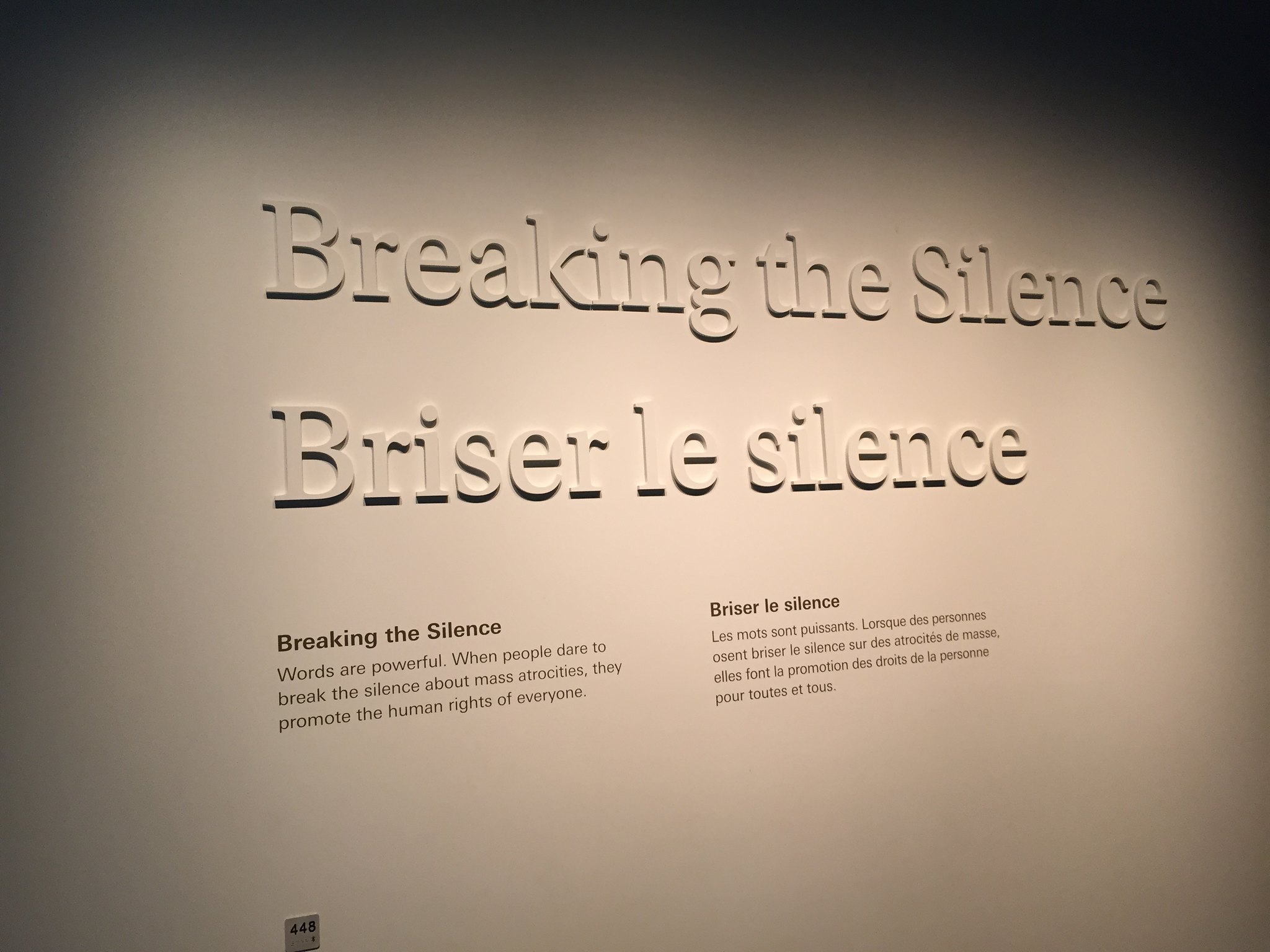This week, my family and I convened to do something very unusual: to watch television. And not just any television program — no, it was to watch the Republican presidential candidate debate. While I fully expected the debate to be ‘entertaining,’ perhaps I underestimated the sheer level of ignorance that I would encounter. In retrospect, perhaps I shouldn’t have been so surprised.
The Chicago skyline, with Mr. Trump’s building, as observed on a recent visit.
Having seen the spectacle of Donald Trump in the first debate, with his childish, bigoted and chauvinistic remarks, I guess nothing should really have surprised me. But nonetheless, I came away shaking my head in disbelief.
Toward the end of the debate, when the candidates had already vied for the title of who would “defund” Planned Parenthood” most rapidly and who told the most moving stories of love for their hero, Ronald Reagan, Donald Trump (mistakenly called “Tramp” by my spouse) let the vaccine out of the bag. According to Mr.–or should I say Dr.–Trump, childhood vaccines cause autism. And how does he know this? Someone he worked with had a beautiful baby, and took him for vaccines–and lo and behold, the baby turned into an autistic monster. Point proven.
The hell with the Centers for Disease Control (CDC), the National Institutes of Health (NIH), the decades of study by thousands of scientists and doctors–no, no. He, knows better. But no better was the follow up with comments by two physicians who are also in the running for the Republican nominee: Dr. Ben Carson and Dr. Rand Paul. First, neither doctor contradicted the comments of Mr. Trump. Dr. Carson made very ambiguous statements, claiming that (in agreement with Mr. Trump, who he jokingly called “an okay doctor”) vaccines are bunched too closely together and should be spread out over longer periods. I doubt if Mr. Trump could even name the diseases that these vaccinations prevent, but the important thing is that his careful scientific analysis demonstrated with perfect clarity that the vaccine schedule needs changing. Dr. Paul, the Libertarian, invoked freedom of the individual to choose, and carefully avoided contradicting Mr. Trump’s claims.
I find it incredible that in a country that has enough real and serious problems, we have to waste time and energy inventing non-existent ones. I realize that Google has made everyone an expert in everything, and that parents can now diagnose their children’s pediatric illnesses with the click of a mouse, but this is creating a false sense of comfort. One cannot become a trained scientist or physician by exclusively reading online. It just doesn’t work that way. And we should not be giving equal weight (or any weight for that matter) to politicians or uninformed doctors on issues that they do not understand — that is the province of the CDC or NIH — to establish rigorously researched protocols based on the best data available. Mr. Trump and his cronies may be good at paying for tall buildings in Chicago, they they should stay the hell away from putting in their ignorant two-cents worth on subjects that should be left to professionals.










